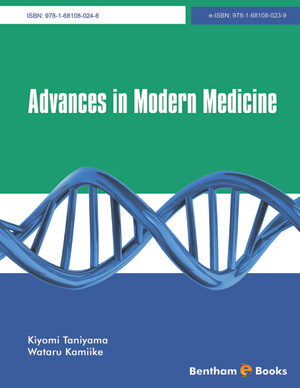Abstract
SHS investigation development is considered from the geographical and historical viewpoint. 3 stages are described. Within Stage 1 the work was carried out in the Department of the Institute of Chemical Physics in Chernogolovka where the scientific discovery had been made. At Stage 2 the interest to SHS arose in different cities and towns of the former USSR. Within Stage 3 SHS entered the international scene. Now SHS processes and products are being studied in more than 50 countries.
Abstract
Antidepressants and electroconvulsive therapy (ECT) are major therapeutic strategies for mood disorders. ECT is the most potent treatment for antidepressantresistant mood disorders; however, the underlying mechanisms of action remain largely unclear. Therefore, the identification of the molecular and cellular mechanisms affected by ECT may provide further insight into the pathophysiology of depression and the development of more effective therapeutic strategies.
Herein, a variety of hypotheses on the pathophysiology of mood disorders and the mechanism of antidepressive treatments are reviewed, with an emphasis on synaptogenesis. Our findings suggest that synaptogenesis is involved in the mechanism of action of ECT, possibly via thrombospondin (TSP)-1, a member of TSP family that was reported to be secreted by astrocytes to regulate synaptogenesis in the brain.
Recommended Chapters
We recommend

Authors:Bentham Science Books


 Download PDF Flyer
Download PDF Flyer



